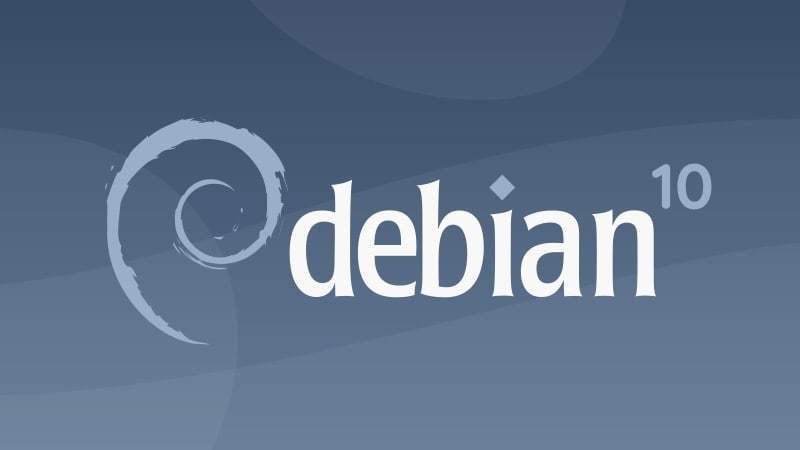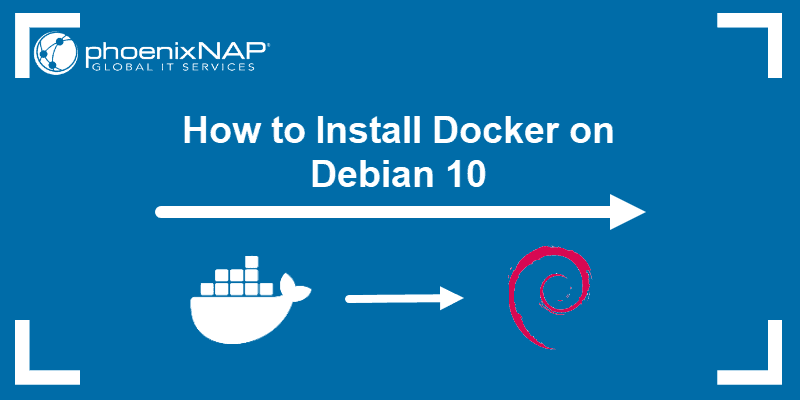

└─9137 /usr/bin/dockerd -H fd:// -containerd=/run/containerd/containerd.sock Loaded: loaded (/lib/systemd/system/rvice enabled vendor preset: enabled)Īctive: active (running) since Mon 21:40:53 CEST 2min 59s ago rvice - Docker Application Container Engine.Install the latest version of Docker CE (Community Edition): apt-get install docker-ce docker-ce-cli containerd.ioĭocker service should be started and enabled by default: systemctl status docker Once again update APT repo index to include packages from freshly added Docker repo: apt-get update Install Docker repo GPG key: curl -fsSL | apt-key add -Ĭheck Docker Repo GPG key fingerprint: apt-key fingerprint 0EBFCD88ĩDC8 5822 9FC7 DD38 854A E2D8 8D81 803C 0EBF CD88Īdd Docker repo: add-apt-repository "deb $(lsb_release -cs) stable" Install preliminary packages: apt-get install apt-transport-https ca-certificates curl gnupg2 software-properties-common This solution will enable us to quickly and painlessly upgrade our Nextcloud to a newer versions in future. In this article I am launching Nextcloud platform in two Docker containers: nextcloud and mariadb which use local Docker volumes as a file and database storage. Nextcloud is a typical LAMP (Linux Apache MySQL PHP) software, but instead of ardous and problematic LAMP environment installation and file sharing platform implementation, we can deploy a turnkey Nextcloud platform in just a few minutes, using Docker containers, preferably with docker-compose.

The software can be installed on local hardware as a perfect alternative for commercial StaaS solutions like Dropbox, OneDrive, Hightail, etc… Nextcloud is a lightweight, open-source StaaS (Storage as a Service) platform, written i PHP and JavaScript, which provides file sync, file sharing and creative collaboration services.


 0 kommentar(er)
0 kommentar(er)
